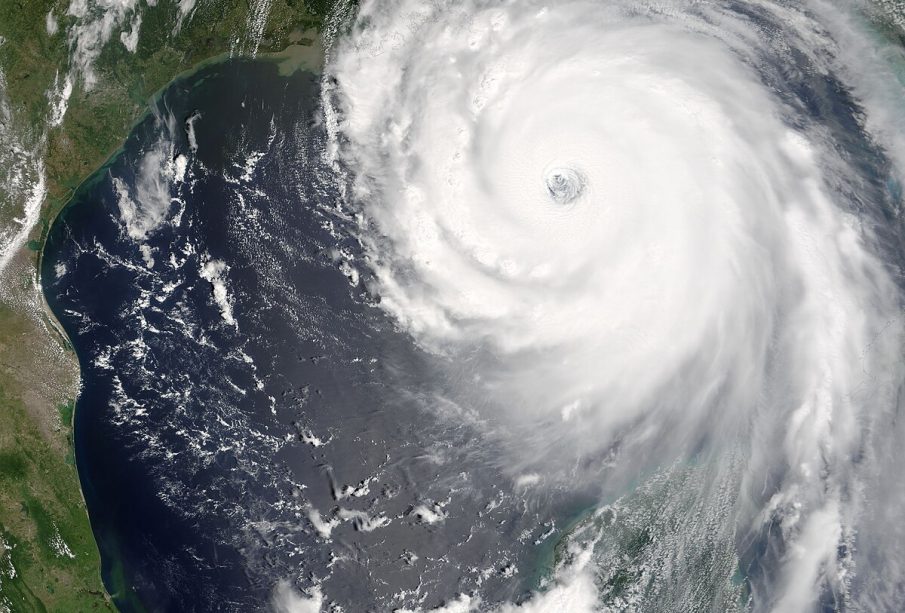Hurricane Katrina: Remembering The Catastrophe 18 Years Later

Introduction
Hurricane Katrina, which struck the Gulf Coast of the United States in August 2005, remains one of the most catastrophic natural disasters in American history. Its impact reshaped New Orleans and prompted widespread reforms in disaster response and recovery. As we mark 18 years since the storm, it is essential to reflect on its significance and the lessons learned.
Unprecedented Devastation
Hurricane Katrina made landfall on August 29, 2005, as a Category 3 hurricane with winds reaching 125 mph. The storm surges breached levees in New Orleans, leading to extensive flooding in approximately 80% of the city. Over 1,800 lives were lost, and property damage was estimated to be around $125 billion, making it one of the costliest hurricanes in U.S history. The storm displaced hundreds of thousands of residents, many of whom have yet to fully return to the area.
Governmental Response and Criticism
The federal, state, and local response to the crisis faced significant criticism for delays and mismanagement. The Federal Emergency Management Agency (FEMA) was particularly scrutinised for its lack of preparedness and coordination in the aftermath. In the years following Katrina, policymakers at various levels have worked tirelessly to address these shortcomings, leading to improved emergency management and accountability.
Long-Term Impacts
The legacy of Hurricane Katrina extends beyond immediate physical damage. It has highlighted socio-economic vulnerabilities, particularly within low-income and minority communities that were disproportionately affected. The storm also raised crucial questions about environmental policy, urban planning, and climate change, which are still highly relevant today as the frequency of severe weather events increases.
Community Resilience and Recovery
In the wake of the disaster, the resilience of communities in New Orleans has been remarkable. Grassroots organisations emerged to support recovery efforts, advocating for the rights and needs of displaced residents. The city’s cultural heritage, including music and cuisine, played a vital role in revitalising the local spirit. Today, many neighbourhoods have undergone significant rebuilding, but the challenges of rising sea levels and climate resilience remain at the forefront of public discourse.
Conclusion
As we reflect on Hurricane Katrina 18 years after its devastation, the focus sharply returns to preparing for future natural disasters. The lessons learned from this tragedy emphasise the importance of swift governmental response, community involvement, and sustainable urban policy. With climate change exacerbating the threat of severe weather, it is imperative that both the government and citizens remain vigilant to ensure that history does not repeat itself.









